More than 70 years ago, Louie Mattar drove 6320 miles non-stop in his fantastic perpetual motion machine
Imagine, if you will, a week-long drive of 6320 miles—L.A. to New York and back again—on the move all the way without so much as a gas stop or a pause for a traffic light. Would such a journey require supernatural intervention? Is it technically impossible? Or could the imagination, determination, and technical skill of an inventor and gregarious character named Louie Mattar be sufficient to pull it off?
Louie Mattar grew up in Detroit, of course. Anyone who would attempt a bizarre automotive stunt like the one he accomplished in September 1952 had to have some Motor City brew in his veins. A respected engineer and inventor, Mattar developed numerous devices for automakers and the U.S. military, including a mine sweeper for the Navy. But his greatest achievement was undoubtedly the extensively modified 1947 Cadillac Fleetwood that he designed and built over a period of years, constantly altering it to make it ever more capable, self-sufficient, and complex. That was the car in which he and two pals made their epic two-way cross country journey. As if L.A. to New York and back without stopping wasn’t adequate proof of the Caddy’s capability and the team’s endurance, they followed up two years later with a continent-bisecting non-stop drive from Anchorage, Alaska, to Mexico City.
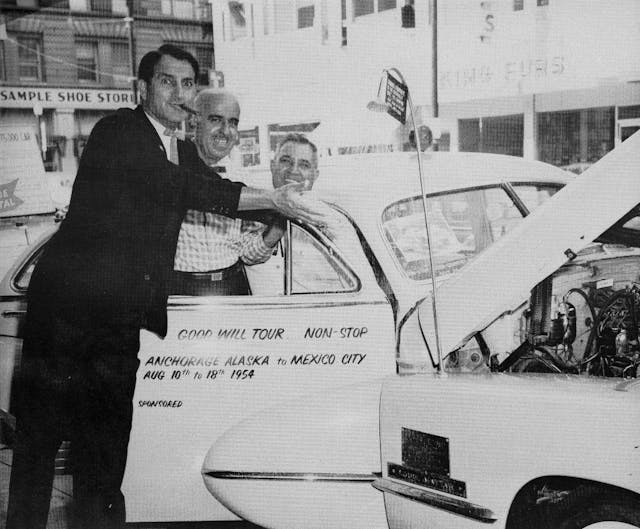
Now, Mattar didn’t spend the entire 6320-mile trip behind the wheel, since he shared driving duties with his two fellow travelers, but the journey had to be debilitating as the Cadillac never came to a halt, with the three men changing positions while on the move. Escorted through traffic lights and stop signs by local authorities, the adventurers and their big Caddy never stopped rolling down the road. That’s not exactly perpetual motion, but it’s about as close to it as a car can come.
The Cadillac’s original purpose wasn’t mileage marathons. Mattar built it for camping, with on-board systems that would make a week or two in the wild enjoyable without other support. So, some of the first accessories he created for the Cadillac were geared toward living in the car. Of course, there was a chemical toilet and a shower. But Louie believed in camping in style, so the car boasted a television, a refrigerator, a kitchen sink, and a bar. Also installed was a mobile telephone capable of communicating nationwide when conditions were right via base stations located strategically throughout the country. A tank in the car held 50 gallons of water. Mattar installed an ironing board, iron, and washing machine, despite Mrs. Mattar’s contention that laundering while on a camping trip wasn’t necessary. But it might be necessary on a non-stop cross country trip, and that goal soon became Mattar’s obsession.
To stay on the move for more than 6000 miles, Mattar had to invent ways to maintain the car and refuel it on the go. Retractable platforms attached to the sides of the car enabled two of the three travelers to work under the hood while the third member of the team drove. Windows in the hood meant the driver could see the road ahead even when the hood was raised. A trailer towed behind the Caddy sported a patio of sorts at its rear for relaxation and for entertaining the journalists who hopped on board when Mattar drove slowly through towns. An intercom system enabled communication between the car and the patio.
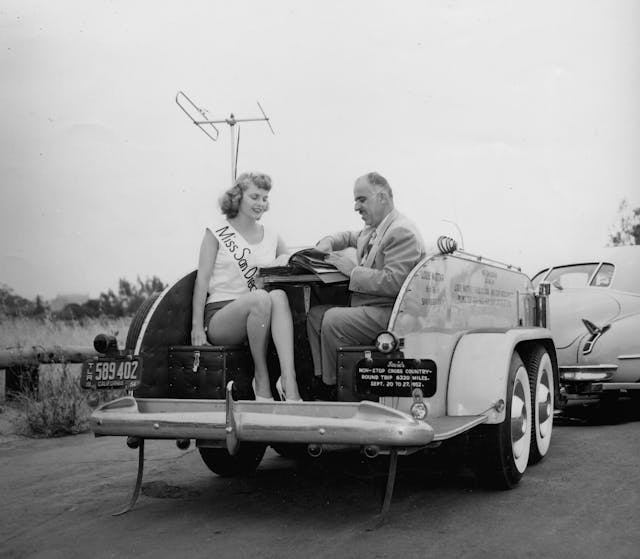
The trailer wasn’t meant solely for entertainment. It carried spare tires and parts, another 30 gallons of water, 15 gallons of motor oil, and 230 gallons of gasoline. That wasn’t enough gas for the entire journey, but it was enough to ensure the car would only have to be refueled three times. Those refueling stops weren’t stops, either. They were executed on the move at airfields along the way, much like jet fighters are refueled in the air. Power for the Caddy’s many accessories and tools was provided by specially built batteries with a total capacity of 1500 ampere hours. An engine-driven 90-amp generator charged the batteries.
Frequent oil changes were standard maintenance in the ’50s, with a generally recommended interval of 2000 miles. Mattar went one better and developed a system that would automatically change the oil every 1000 miles—while the car was moving, of course. Another system automatically topped off the radiator when necessary.
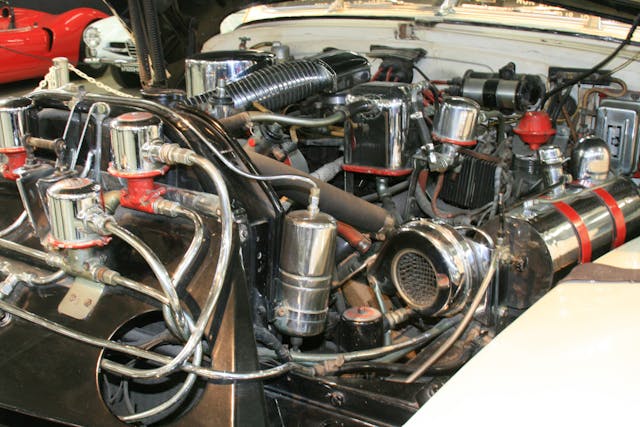
On a 6000-mile journey in those pre-interstate days, given the frequent road hazards and the tire composition of the time, flat tires were inevitable, so a system had to be developed that enabled changing a tire without stopping. Because both car and trailer were equipped with side-mounted platforms, the travelers could move from car to trailer when a replacement tire or other gear was needed. To enable removal of a tire while on the go, a hydraulic jack with a wheel on its shaft raised the offending tire while the car was moving. A wider platform was attached to the car next to the wheel, and the tire’s lug nuts were spun off with an electric impact wrench. Squatting precariously on the platform with the car rolling along at about 15 mph, one of the men would lift the tire off the hub and hand it off to another member of the team, who would in turn pass along the new tire. Once installed, the tire would be fully inflated by an engine driven compressor that delivered air via a conduit in the axle and wheel. A regulator at each wheel controlled tire air pressure. In a YouTube video, a somewhat rotund and balding Mattar can be seen easily handling the heavy tire and wheel as he demonstrates how to swap out a tire on the go.
Mattar spent seven years and $35,000 creating this one-of-a-kind machine in the garage that housed his San Diego auto repair business. He funded the project himself—quite an achievement since that figure equates to more than $400,000 today.
The mechanics of the vehicle weren’t the only obstacles to completing a non-stop cross-country journey. Non-stop meant non-stop, and Mattar had no intention of pausing for red lights or stop signs on the roads he travelled, so he had to make advance arrangements for police escorts through the towns that dotted the U.S. highway system of 70 years ago.
Louie Mattar died in 1999 at the age of 89, and his “Fabulous Cadillac,” as he appropriately called it, is now the property of his grandson, Dan Mattar. The car has been on loan to the San Diego Automotive Museum for the past 24 years and is on display. If your next road trip takes you to Southern California, plan a visit to the museum where you can see the ultimate road trip vehicle of 70 years ago. Louie Mattar would have liked that.
***
Check out the Hagerty Media homepage so you don’t miss a single story, or better yet, bookmark it. To get our best stories delivered right to your inbox, subscribe to our newsletters.
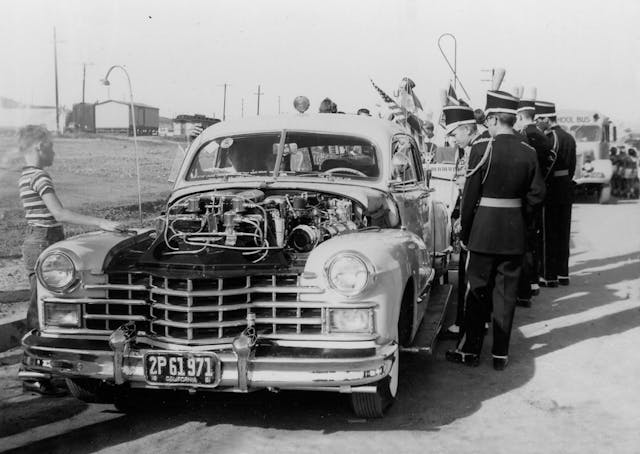
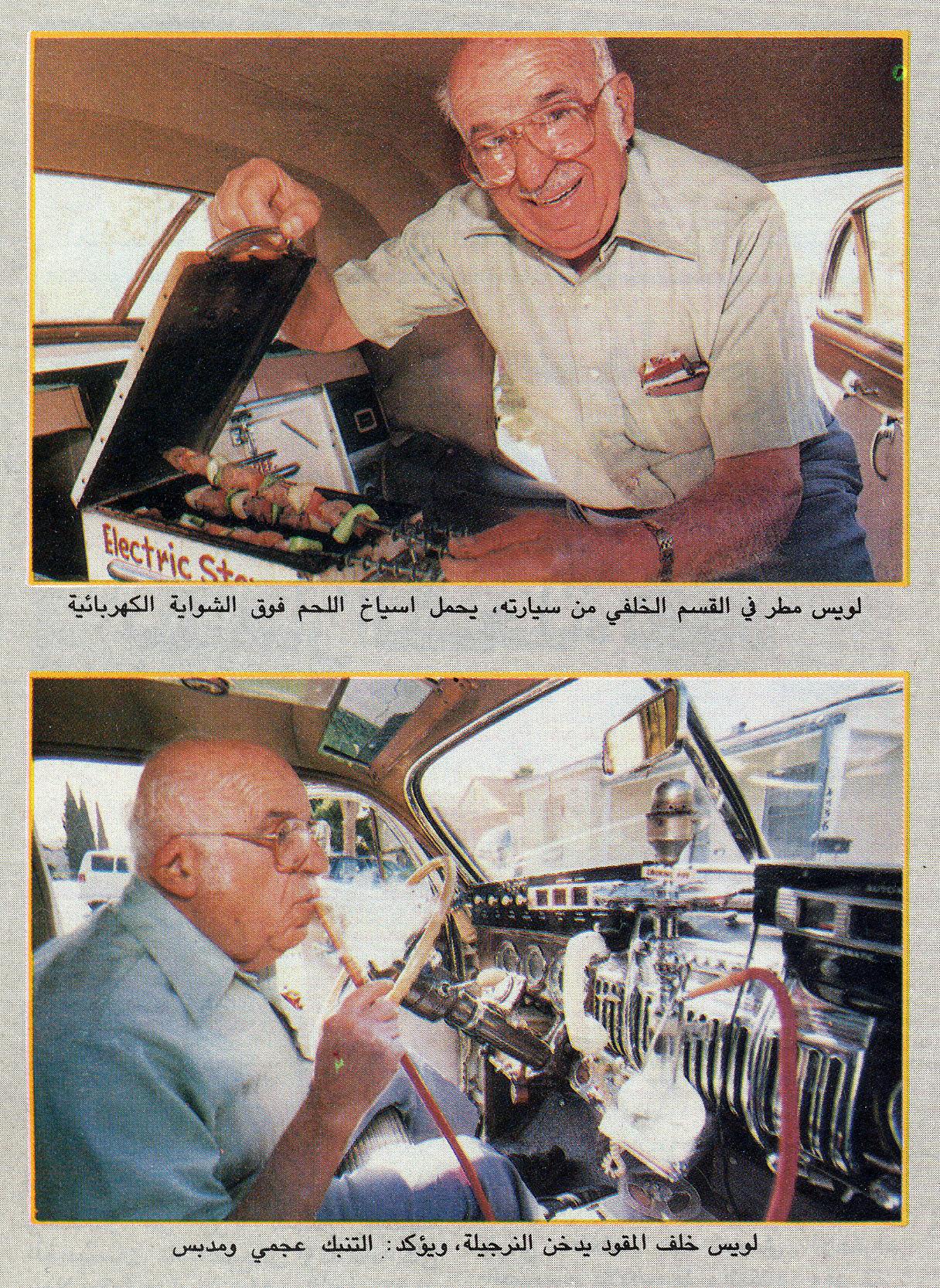

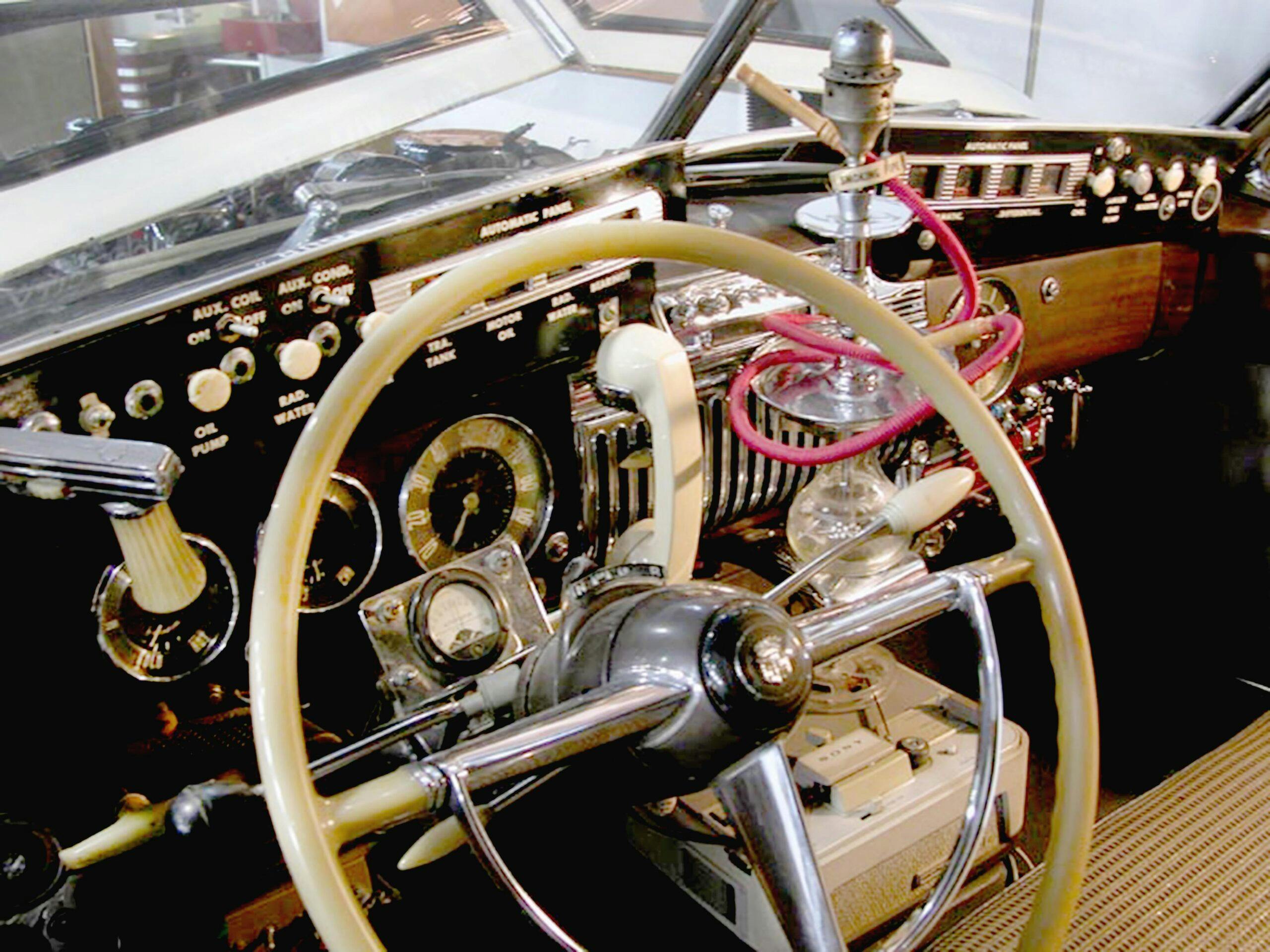
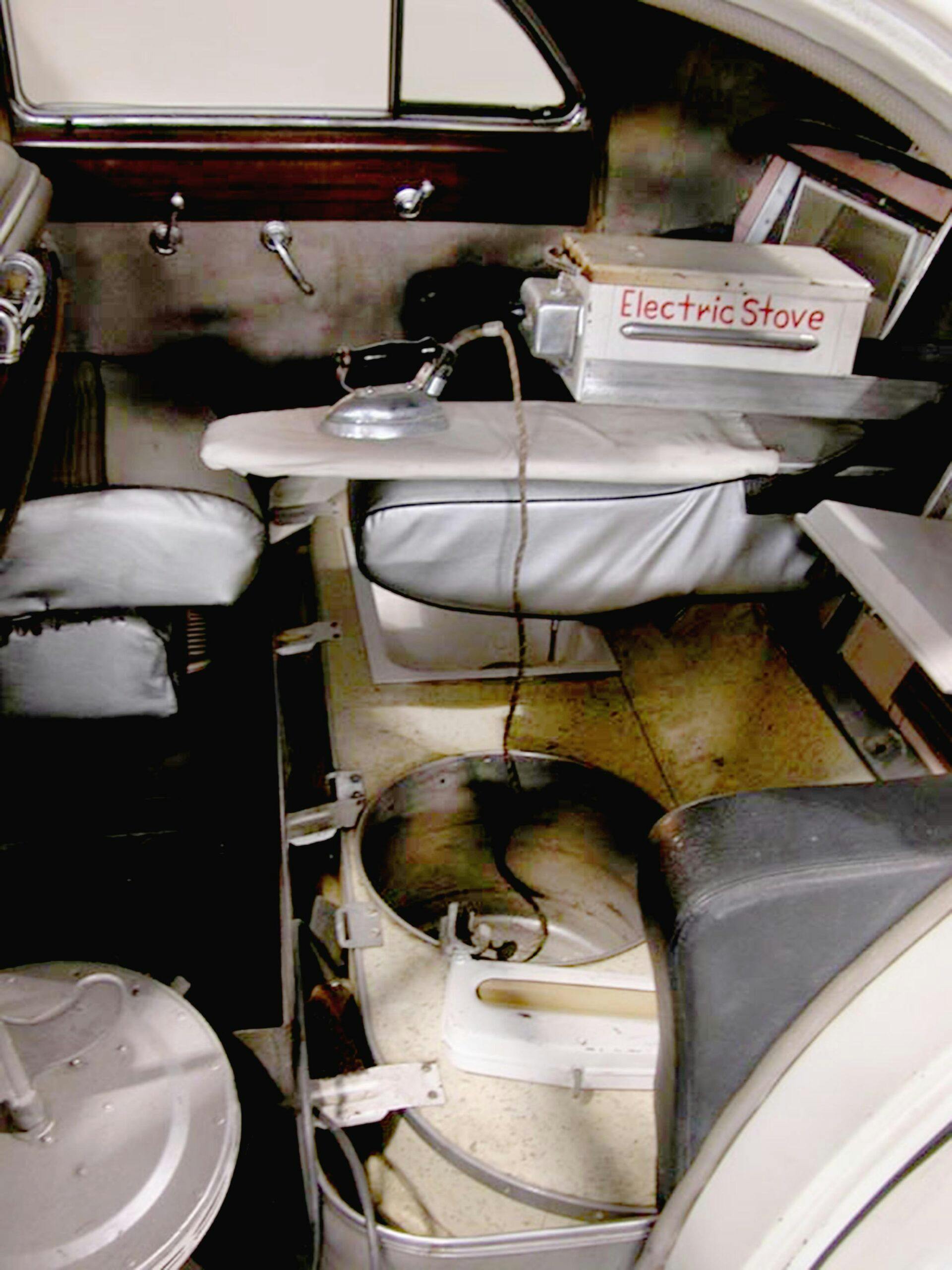
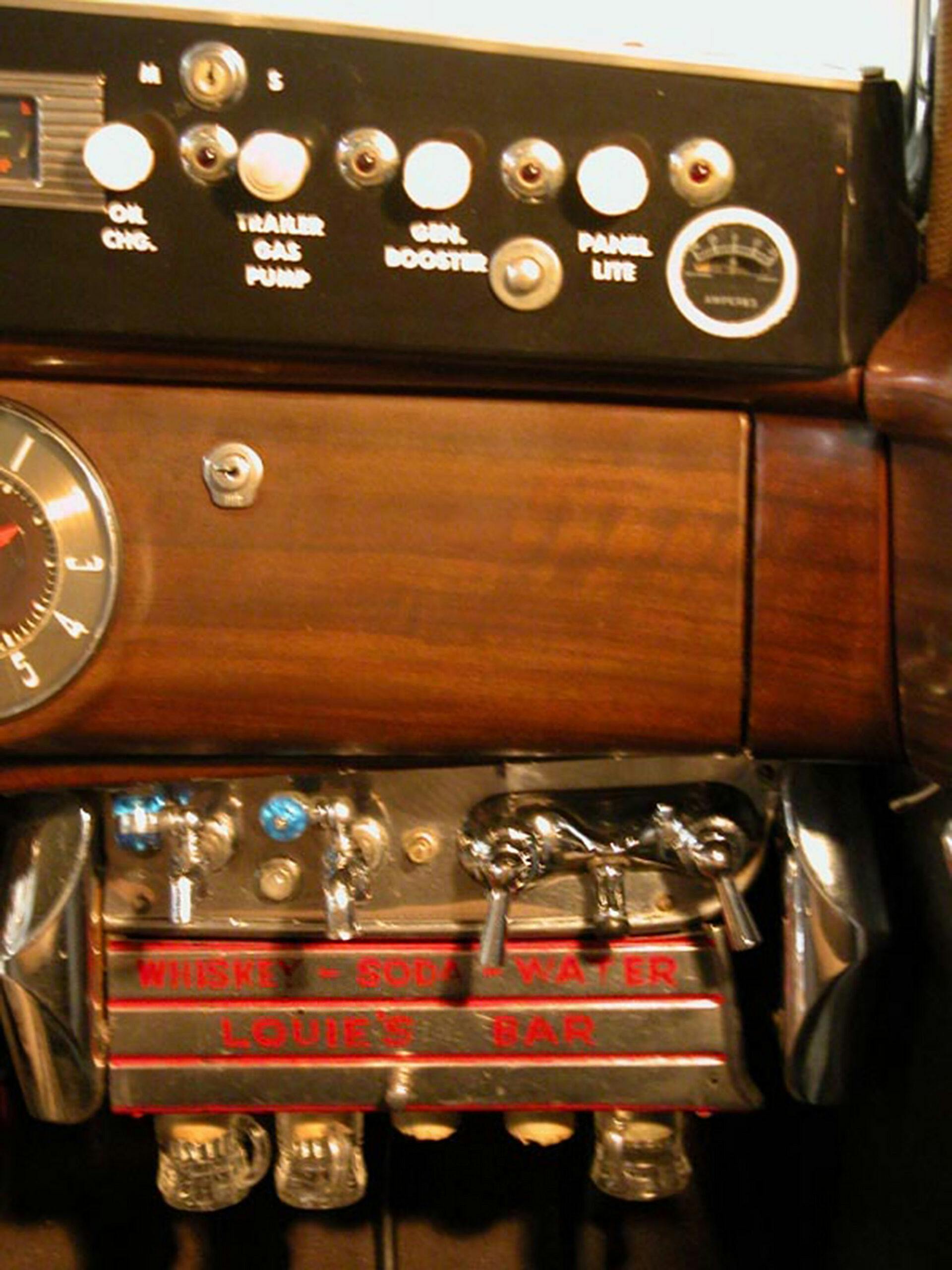
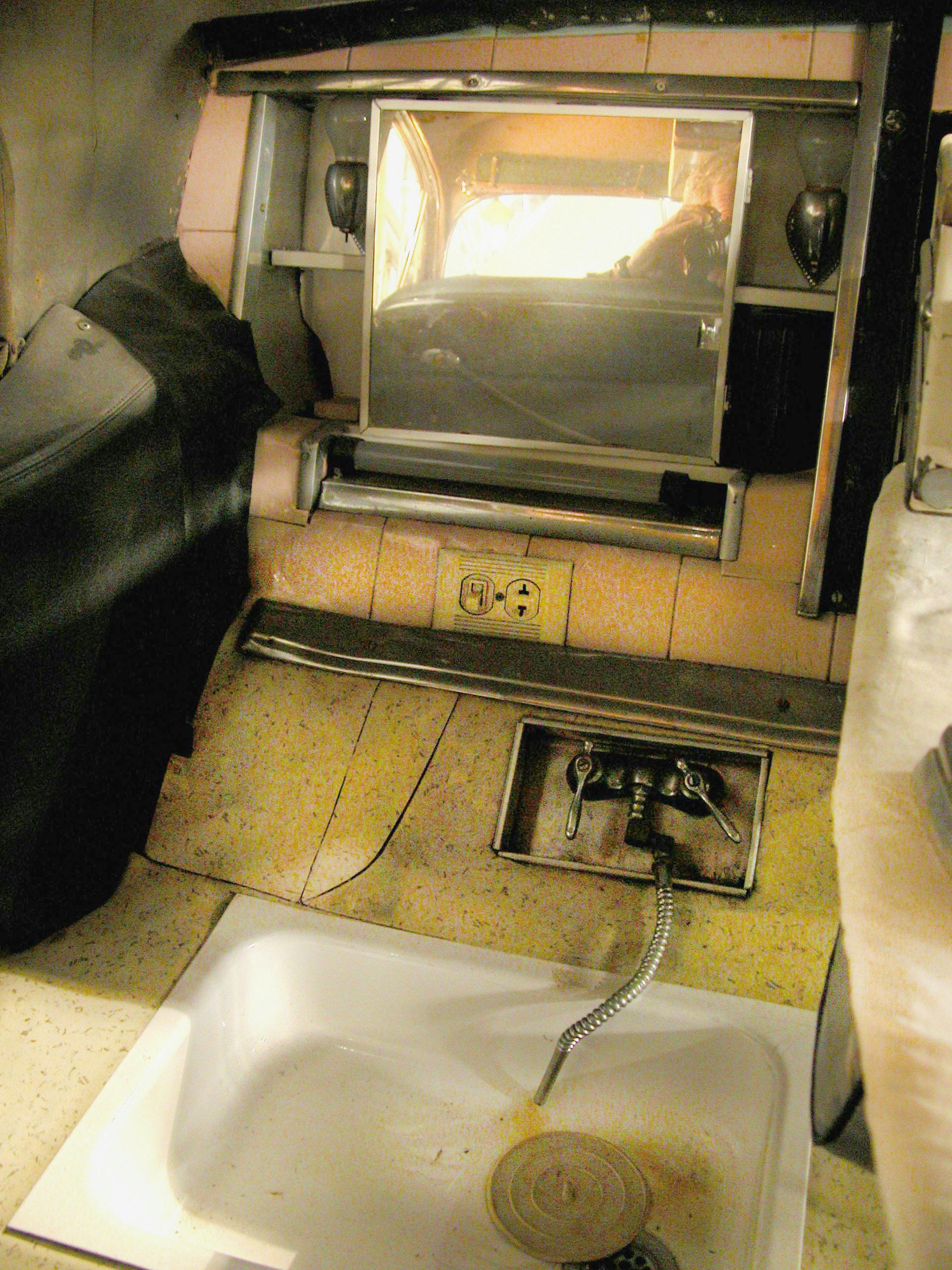
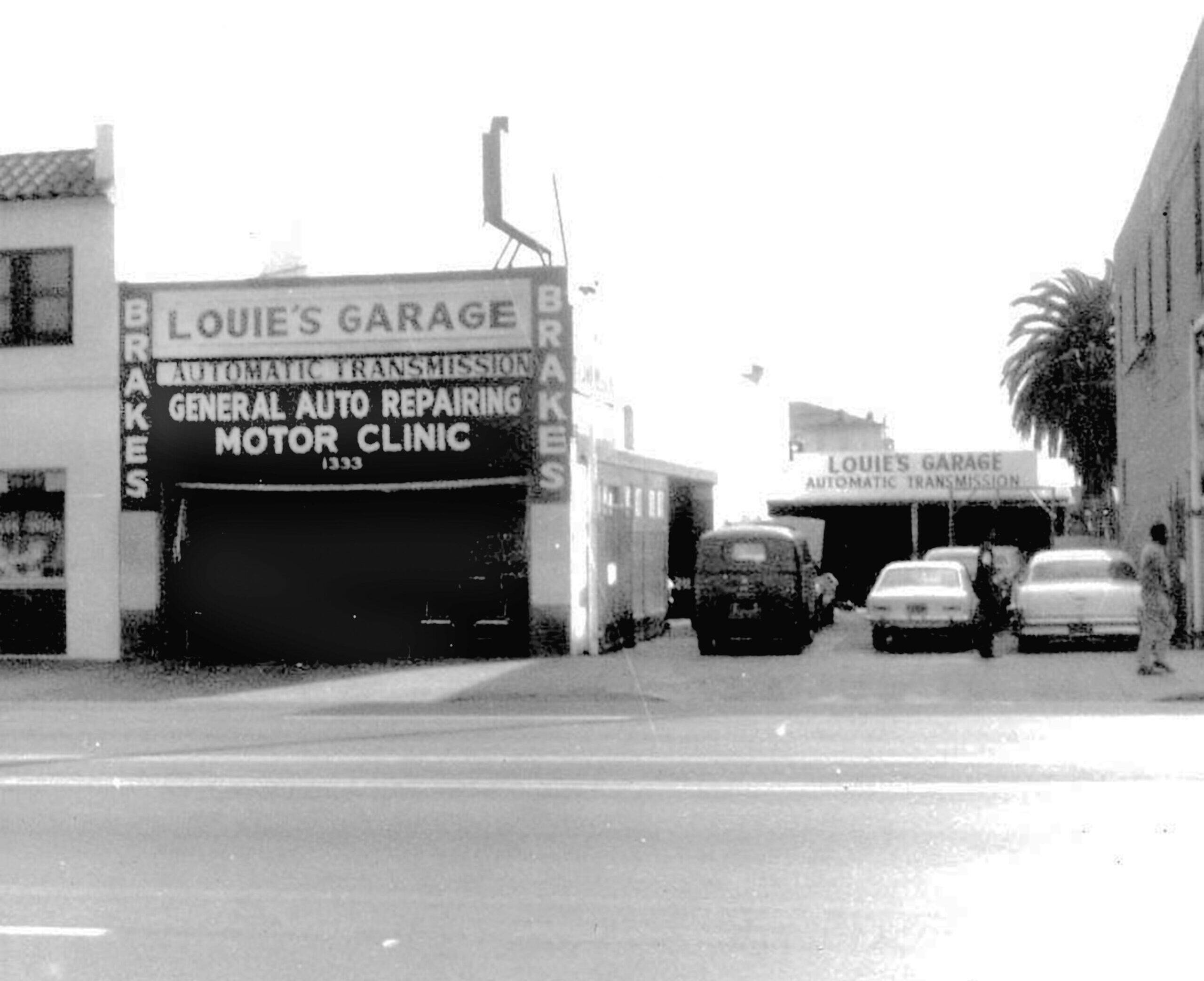
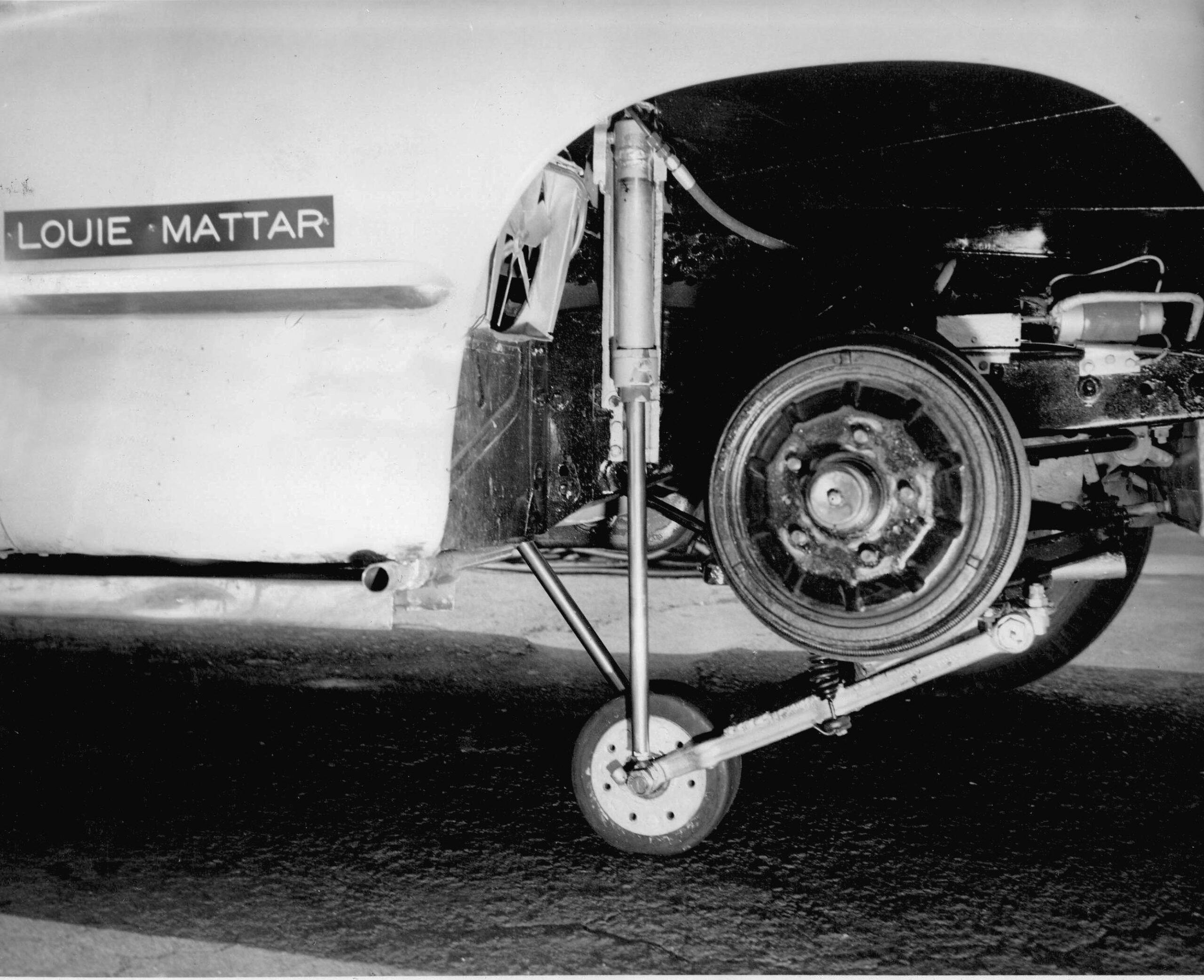

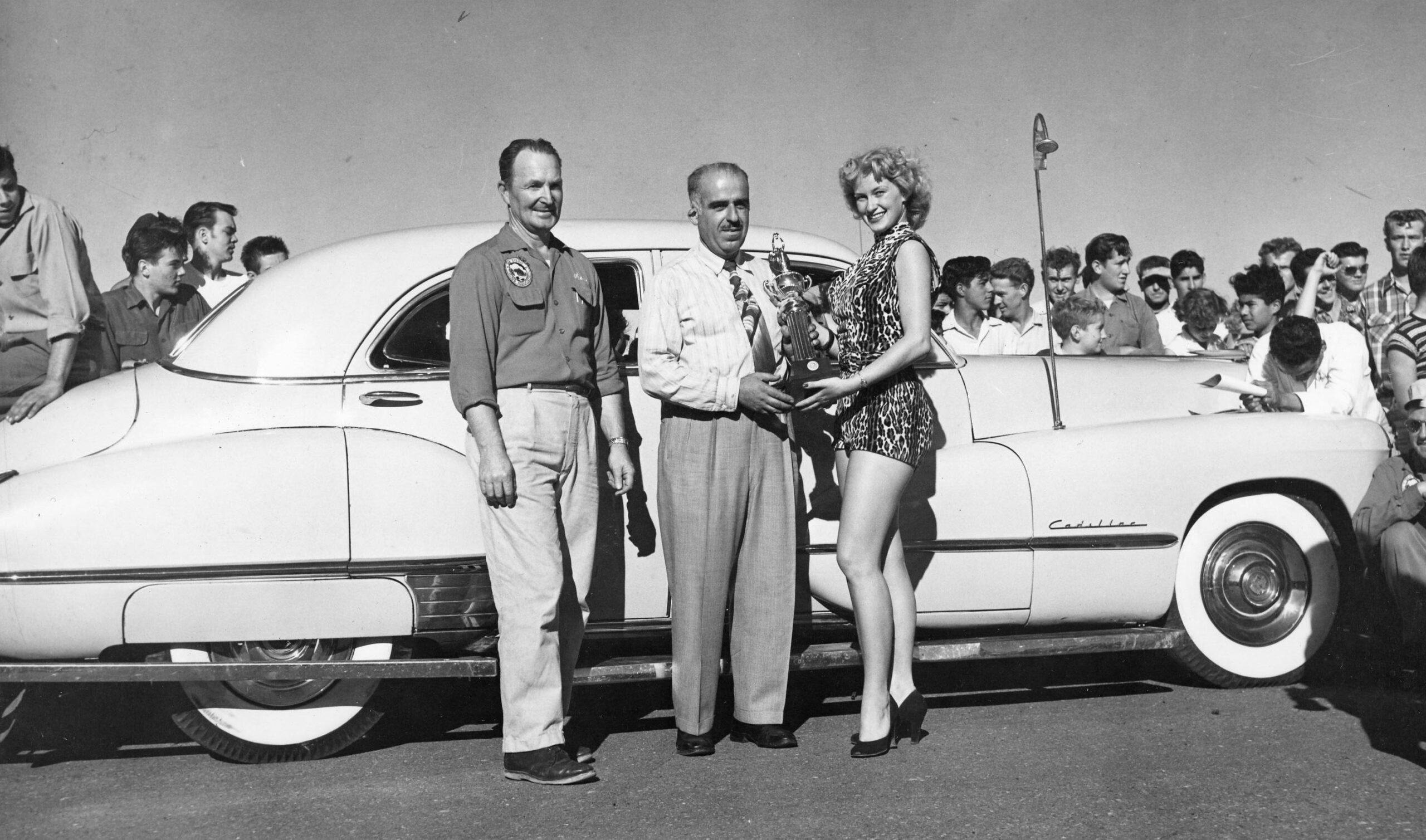
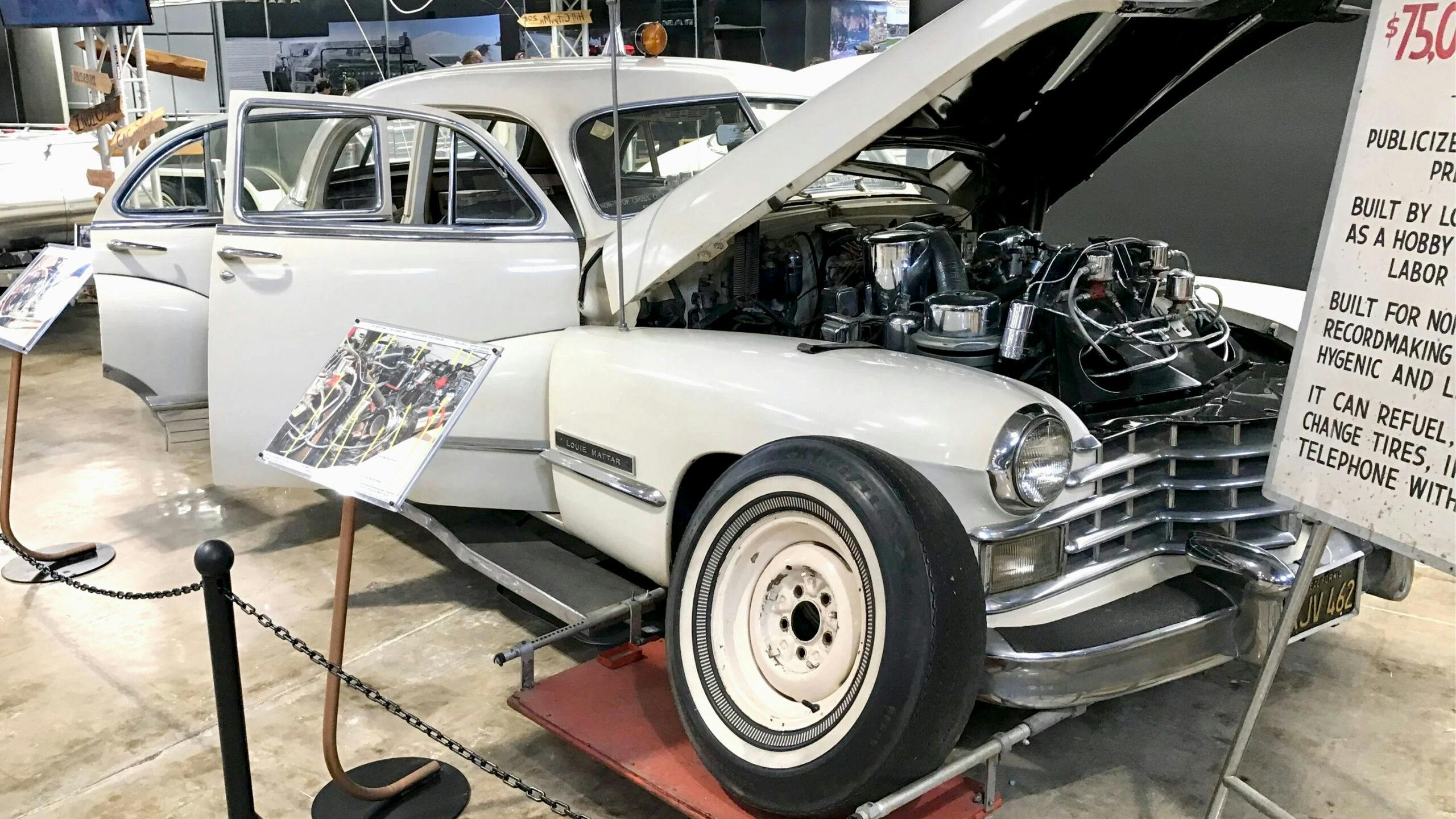
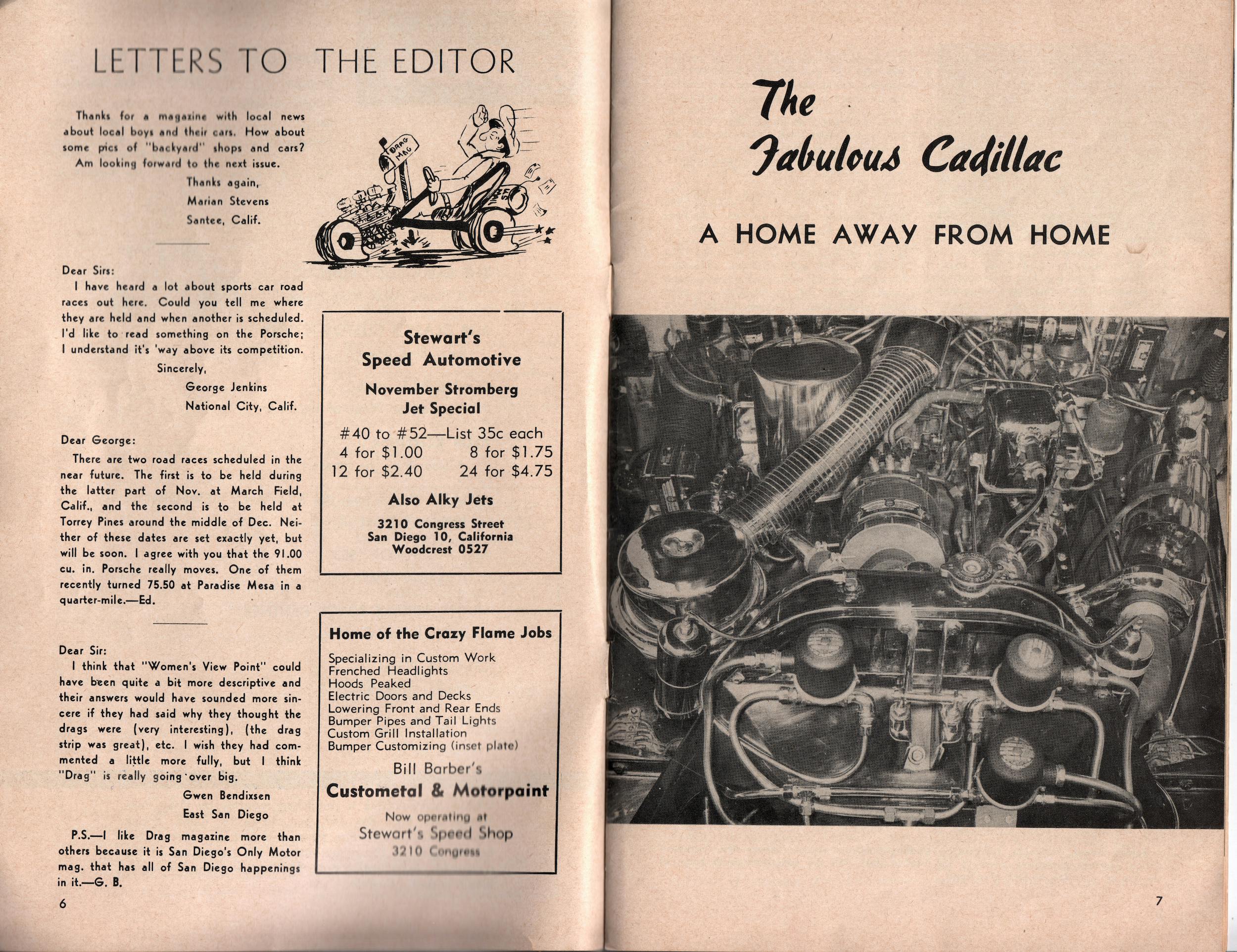


Wait, were his fellow travelers, fellow travelers? That phrase was euphemism in the early to mid 20th century for being Communist.
This was an incredible story. So well written anyone could understand it. Now I want to go to the SanDiego museum!
I truly enjoyed your article on the Fabulous Cadillac. Your words made it seem I was almost with them as they crossed our country and back. It kinda seemed like a dream and I was there the whole time. Thank you for the trip.
I’m retired now and don’t get to take many trips anymore so this was really nice.
Be of goodwill and do good works
All that police cooperation made even more amazing given that exposed whiskey bar under the glovebox.
Great story. Is there a film or slide show we could show at a car club meeting?
If there is, could it be bought or rented? I especially liked it as I had same make and model (but not anymore).
thanks for having it on line.Al Scholes VCCC for 58 years.
I saw this amazing car at the Automotive Museum at Balboa Park in San Diego. It was very ingenious. What stuck in my mind was the method of changing the tires while on the move.
Such an incredible story to read! Made my day for sure. What a talent the owner/builder had and sounds like some great family and friends along the journey as well.
What an accomplishment!
It’s truly hard to believe an acheivement like this was done so many years ago when most of those devices didn’t even exist.
What an accomplishment by that man. Especially since the car Never stopped.
I remember seeing this on TV many years after the feat. They gave full demonstrations of changing a tire, cooking, and several other maintenance tasks. If I remember correctly, the washing machine doubled as the toilet. Ha!
I think it was in a show called “That’s Incredible.”
Truly enjoyed the article as I had never heard of this before now. Surprised dad never said anything as he was into things like this, the water powered car and the Chrysler turbine car. Thank you for sharing
Incredible story! Makes our modern tech look stupid to say the least.